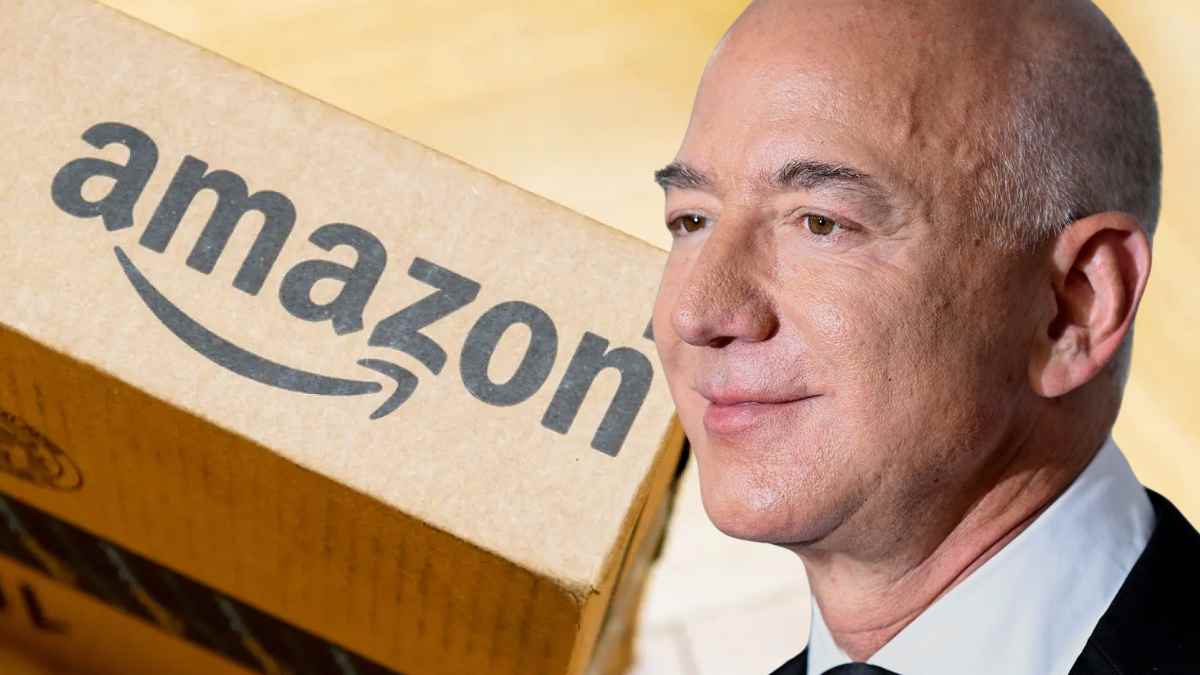An unexpected policy is catching many shoppers off guard: some of the biggest retailers in the country are giving refunds without asking for the product back. This approach is not new, but it’s becoming more common in 2024—and it might make you rethink how you handle returns.
In recent months, chains like Amazon and Walmart have begun offering customers full refunds on low-cost or hard-to-ship items, telling them to keep the product instead of sending it back. The idea is to save time and money spent on packaging, transportation, and warehouse logistics. It may sound too good to be true, but it’s a calculated strategy that benefits both consumers and companies.
Why many large retailers are embracing the keep-the-item refund approach?
Behind the scenes, returns can be quite expensive. By the time a $15 shirt is shipped back, checked for damage, and restocked, the retailer may have spent more than the product is worth.
So, for items with low resale value, a company can come out ahead by simply providing a refund and letting shoppers keep their purchase. It’s a loyalty booster as well: a hassle-free return process makes people more likely to shop again.
How you might qualify for a refund without a required return process?
Not every item gets this treatment. Often, it applies to cheap products, bulky items, or goods sent from distant locations. For instance, a high-end laptop or smartphone is unlikely to fall under these conditions. Retailers usually offer the option only when you begin a return online; if their system determines it’s cheaper to skip the return, you might see a “keep it” message.
It’s not a published policy, so it’s wise to check your order details whenever you request a refund.
Key considerations before enjoying a product that you do not have to return
Be mindful of how often you request refunds, because abusing this system can backfire. Platforms have been known to flag accounts that file too many returns. Wondering what happens to items you don’t want anymore? You can donate, sell, or give them away. Some stores even encourage donations to local charities or animal shelters. It’s a simple way to do some good rather than trash a perfectly usable product.
Below is a quick comparison of traditional returns versus these new refunds without returns:
| Aspect | Traditional Return | Refund Without Return |
|---|---|---|
| Process | Fill out forms, pack the item, ship it back | Request a refund; if approved, keep product |
| Cost to retailer | Potentially high (shipping, inspection, restocking) | Lower (no extra handling required) |
| Convenience for customer | Must drop off at mail center or store location | Saves time and effort |
| Typical usage | Common for most products | Limited to low-cost or bulky items |
If you receive a refund and end up with items you don’t want, donating them is a quick way to help others. You could also sell them on second-hand platforms or pass them along to family and friends. Ensuring these products find a good home benefits everyone—and reduces needless waste.
In the end, refunds without returns are a win-win scenario for many low-cost products. They cut down on shipping expenses for retailers and spare customers from the hassle of packing and sending items back. Who wouldn’t appreciate that kind of convenience now and then?

